

Articles
How To Store Fish
Modified: February 27, 2024
Learn the best methods for storing fish in this comprehensive collection of articles. Discover tips and tricks to keep your fish fresh and flavorful for longer.
(Many of the links in this article redirect to a specific reviewed product. Your purchase of these products through affiliate links helps to generate commission for Storables.com, at no extra cost. Learn more)
Introduction
Properly storing fish is essential for maintaining its freshness, flavor, and overall quality. Whether you’ve caught the fish yourself or purchased it from a local market, knowing how to store it correctly will ensure that it stays safe to consume and retains its optimal taste.
Fish is highly perishable and can spoil quickly if not handled and stored properly. Factors such as temperature, cleanliness, and packaging all play crucial roles in maintaining the quality and safety of the fish. By following the right storage techniques, you can maximize the shelf life of your fish and minimize the risk of foodborne illnesses.
In this article, we will guide you through the process of storing fish, including choosing the right containers, cleaning and preparing them, as well as providing tips for proper refrigeration and freezing methods. Additionally, we will discuss the importance of packaging and labeling fish correctly and offer suggestions for thawing fish safely when you’re ready to use it.
Whether you’re a fishing enthusiast or simply enjoy seafood, mastering the art of fish storage is crucial. So, let’s dive in and explore the best practices for storing fish to ensure that you can enjoy fresh and delicious seafood at your convenience.
Key Takeaways:
- Proper fish storage is essential for maintaining freshness, flavor, and safety. Choose the right container, clean and prepare it, and follow safe thawing methods to enjoy delicious seafood at its best.
- Understanding the importance of proper fish storage ensures freshness, minimizes waste, and allows for convenient meal planning. Follow guidelines for packaging, labeling, and safe thawing to savor high-quality seafood dishes.
Read more: How To Store Fish While Fishing
Importance of Proper Fish Storage
Proper fish storage is vital for several reasons. Firstly, it helps to maintain the freshness and flavor of the fish. Fish begins to deteriorate as soon as it is caught, with the breakdown of proteins and the growth of bacteria. By storing fish correctly, you can slow down these processes and extend its shelf life.
Secondly, storing fish properly ensures food safety. Fish is known to carry bacteria and parasites, some of which can cause foodborne illnesses. By following proper storage practices, you can minimize the risk of contamination and protect yourself and your loved ones from getting sick.
Another reason why proper fish storage is important is to avoid unnecessary waste. Improperly stored fish is more likely to spoil quickly, leading to the need for disposal. By taking the necessary steps to store fish correctly, you can reduce the amount of waste and save money in the long run.
Lastly, proper fish storage allows for convenience and flexibility. When you store fish properly, you can have it readily available for cooking whenever you desire. You can also take advantage of seasonal fish availability or stock up on your favorite varieties when they are on sale, knowing that you can store them appropriately for later use.
Overall, understanding the importance of proper fish storage is crucial for anyone who wants to enjoy fresh, safe, and flavorful seafood. By following the right techniques, you can extend the shelf life of fish, maintain its quality, and ensure that you and your loved ones can enjoy it without any concerns.
Choosing the Right Container
When it comes to storing fish, choosing the right container is essential to maintain its freshness and prevent contamination. Here are some factors to consider when selecting the appropriate container for storing fish:
- Material: Choose containers made of food-grade materials such as glass, stainless steel, or high-quality plastic. These materials are non-reactive and less likely to impart any unwanted flavors or odors to the fish.
- Size: Select a container that is spacious enough to hold the fish comfortably without overcrowding. This helps in preventing damage to the fish and allows air to circulate, keeping it fresh.
- Airtightness: Look for containers that have tight-fitting lids or seals to prevent air from entering. This helps in slowing down the process of oxidation, which can lead to the deterioration of fish quality.
- Transparency: Consider containers that are transparent or have clear lids. This allows you to easily see the condition of the fish without having to open the container, minimizing the exposure to air and temperature changes.
- Stackability: If you plan to store multiple containers of fish, opt for containers that are stackable. This makes it easier to organize and maximize space in your refrigerator or freezer.
It’s worth noting that for long-term storage or freezing, it’s recommended to use freezer-safe containers, as they are designed to withstand low temperatures without compromising the integrity of the fish.
Remember to thoroughly clean and sanitize the container before storing fish. This helps in removing any existing bacteria, odors, or residues that could potentially contaminate the fish and affect its quality.
Overall, choosing the right container plays a vital role in maintaining the freshness and quality of the fish during storage. By considering factors such as material, size, airtightness, transparency, and stackability, you can ensure that your fish stays in optimal condition until you’re ready to enjoy it.
Cleaning and Preparing the Container
Prior to storing fish, it is crucial to thoroughly clean and prepare the container to ensure hygiene and prevent any potential cross-contamination. Follow these steps to clean and prepare the container:
- Wash: Start by washing the container with hot soapy water. Use a mild detergent or dish soap and a scrub brush or sponge to remove any dirt, residues, or odors from the container’s surface.
- Rinse: Rinse the container thoroughly with clean water to remove any soap residue.
- Sanitize: After rinsing, sanitize the container to eliminate any remaining bacteria or pathogens. You can use a food-safe sanitizer or create a simple sanitizing solution by mixing one tablespoon of bleach with one gallon of water. Apply the sanitizer to the container, ensuring that all surfaces are covered. Leave the solution in the container for a few minutes, then rinse it thoroughly with clean water.
- Dry: Allow the container to air-dry completely before using it to store fish. Avoid using a cloth or towel to dry it, as this may introduce contaminants.
- Optional Steps: If you notice any lingering odors in the container, you can try reducing or eliminating them by wiping the interior with a mixture of water and vinegar or placing baking soda inside and leaving it overnight.
It’s important to note that when cleaning and preparing the container, avoid using harsh chemicals or abrasive cleaners that can potentially leave residues or damage the container’s surface or seals.
By following these cleaning and preparation steps, you create a clean and sanitized environment for storing fish, reducing the risk of bacterial growth and maintaining the quality and safety of the fish.
Preparing the Fish for Storage
Before storing fish, it is essential to properly prepare it to ensure its freshness and quality during storage. Follow these steps to prepare the fish for storage:
- Handle with Care: When handling the fish, make sure to do so with clean hands or clean gloves. Avoid touching the fish unnecessarily to minimize the transfer of bacteria or contaminants.
- Cleaning: Rinse the fish thoroughly under cold running water to remove any dirt, blood, or scales. Use a gentle brush to clean the skin if needed.
- Gutting and Scaling: If necessary, gut the fish by carefully removing the internal organs, being cautious not to rupture the gallbladder. Scale the fish by running a knife or a scaler from tail to head, removing scales in a downward motion.
- Trimming: Trim any excess fins, spines, or tails with a sharp knife. This step helps to prevent injury and makes handling and storing the fish easier.
- Drying: Pat the fish dry with a paper towel to remove excess moisture. This helps to prevent the growth of bacteria and maintain the fish’s texture and flavor during storage.
- Seasoning (Optional): If desired, you can season the fish with salt, pepper, herbs, or marinades before storing. This step adds flavor and allows the fish to marinate while in the refrigerator or freezer.
It is worth noting that if you plan to store the fish for an extended period or freeze it, it is recommended to vacuum-seal or wrap it tightly in plastic wrap or aluminum foil before placing it in the storage container. This helps to prevent freezer burn and maintain the fish’s quality.
By properly preparing the fish for storage and taking necessary precautions, you can prolong its freshness, flavor, and overall quality, ensuring a delightful seafood experience when you’re ready to cook it.
Read more: How To Store Cooked Fish
Storing Fish in the Refrigerator
Storing fish in the refrigerator is a popular and convenient method that allows you to keep it fresh for a short period. Follow these guidelines to store fish properly in the refrigerator:
- Temperature: Set your refrigerator temperature to between 32°F (0°C) and 39°F (4°C). This temperature range helps to slow down bacterial growth and maintain the quality of the fish.
- Container: Place the prepared fish in an airtight container or wrap it tightly in plastic wrap or aluminum foil. Ensure that the container or wrap is sealed properly to prevent the fish’s odor from spreading and to protect it from any potential contamination.
- Location: Store the fish on the coldest part of the refrigerator, which is usually the bottom shelf or the meat drawer. Avoid placing it near foods with strong odors, as fish tends to absorb odors readily.
- Timing: Fresh fish is highly perishable and should ideally be consumed within 1 to 2 days of purchase or catch. If you’re unsure about the freshness or quality of the fish, it’s best to consume it sooner rather than later.
- Storage Limit: While the exact storage time can vary depending on the type and freshness of the fish, it is generally recommended not to exceed more than 3 to 4 days of refrigeration.
- Inspect Regularly: Check the fish regularly during refrigeration to ensure that it remains fresh and free from any signs of spoilage such as a foul smell or slimy texture. If any signs of spoilage are present, discard the fish immediately.
It’s important to note that refrigeration only extends the shelf life of fish for a short period. If you plan to store fish for a more extended period, it is recommended to freeze it to maintain its quality and safety.
By following these guidelines, you can keep your fish fresh and safe for a few days in the refrigerator, allowing you to enjoy it at its best when you’re ready to cook it.
When storing fish, always keep it in the coldest part of the refrigerator, ideally on ice or in a sealed container to prevent cross-contamination and maintain freshness.
Storing Fish in the Freezer
Freezing fish is a great way to extend its shelf life for an extended period. When done correctly, freezing helps to preserve the quality, texture, and flavor of the fish. Follow these steps to store fish properly in the freezer:
- Preparation: Ensure that the fish is properly cleaned, trimmed, and dried before freezing. If desired, you can season or marinate the fish before freezing it.
- Wrap: Wrap the fish tightly in plastic wrap or aluminum foil to prevent freezer burn and protect it from air exposure. For longer storage, consider using freezer-safe bags or vacuum-sealing the fish to maintain its quality.
- Label: Label each package with the date of freezing to keep track of its freshness. Additionally, it’s helpful to include the type of fish and any seasoning or marinade used.
- Freezer Temperature: Set your freezer temperature to 0°F (-18°C) or below. This low temperature ensures that the fish remains frozen and helps to prevent bacterial growth while keeping the fish at the optimal quality.
- Storage Location: Place the wrapped fish in the coldest part of the freezer, typically in the back or on the bottom shelf. Avoid storing it near the freezer door, as this area is subject to temperature fluctuations during frequent opening and closing.
- Storage Duration: When stored properly, fish can typically stay in the freezer for up to 3 to 6 months, depending on its type and the quality of the freezing technique. To ensure the best quality, try to consume the fish within the first 3 months of freezing.
- Thawing: When you are ready to use the frozen fish, thaw it in the refrigerator overnight or under cold running water. Avoid thawing at room temperature, as this promotes bacterial growth.
- Inspect Regularly: Regularly check the frozen fish for any signs of freezer burn, such as ice crystals or discoloration. If freezer burn is present, it may affect the texture and taste of the fish.
By following these steps, you can safely freeze and store fish for an extended period, ensuring that it retains its quality and taste until you’re ready to enjoy it.
Packaging and Labeling Fish
Proper packaging and labeling of fish are essential for maintaining its freshness, organization, and safety during storage. Here are some guidelines to follow when packaging and labeling fish:
- Individual Portions: If you plan to use the fish in individual portions, it’s beneficial to package each portion separately. This allows for easy access to the desired amount without having to thaw the entire package.
- Airtight Containers: Choose airtight and freezer-safe containers to package the fish. Glass containers with tightly fitting lids or high-quality plastic containers with secure seals are recommended. These containers help protect the fish from air exposure, which can lead to freezer burn and a loss of quality.
- Freezer Bags: Alternatively, you can use freezer bags specifically designed for storing food. Ensure that the bags are labeled as freezer-safe and that they are sealed properly to prevent air from entering.
- Remove Excess Air: When packaging fish, try to remove as much excess air as possible from the container or bag. This helps to reduce the risk of freezer burn and maintain the fish’s quality.
- Labels: Label each package with the type of fish, the date of packaging, and any additional information such as seasoning or marinade used. Proper labeling helps you keep track of the fish and ensures that you consume the oldest ones first. You can also include any special instructions or cooking recommendations on the label.
- Freezer-Safe Wrapping: If you choose to wrap the fish directly in plastic wrap or aluminum foil, ensure that the wrapping is tight, secure, and labeled. This helps to protect the fish from freezer burn and maintain its quality.
Proper packaging and labeling not only help to keep the fish fresh and organized, but also make it easier to identify and retrieve specific portions when needed. It’s also important to note that transparent containers or clear bags allow you to see the contents without opening them, minimizing temperature fluctuations and air exposure.
By following these packaging and labeling practices, you can ensure that your fish remains well-protected, labeled, and organized in the freezer, allowing for easy storage and retrieval when you’re ready to enjoy it.
Thawing Fish Safely
Thawing fish properly is important to maintain its texture, flavor, and safety. Here are some safe methods to thaw fish:
- Refrigerator Thawing: The safest method to thaw fish is to place it in the refrigerator. This slow and gradual thawing process allows the fish to thaw evenly and maintain its quality. Remove the fish from the freezer and place it on a plate or shallow dish to catch any dripping liquid. Leave it in the refrigerator overnight or for a few hours until completely thawed.
- Cold Water Thawing: If you’re short on time, you can safely thaw fish by using the cold water thawing method. Ensure that the fish is tightly wrapped in a leak-proof plastic bag to prevent water from entering. Submerge the wrapped fish in cold water, changing the water every 30 minutes to maintain a consistent temperature. This method can take around 1-2 hours, depending on the size and thickness of the fish.
- Microwave Thawing: If you need to thaw the fish quickly, you can use the microwave. Follow your microwave’s instructions for defrosting fish, as power levels and times can vary. Use the microwave’s defrost setting or low power setting to gradually thaw the fish, ensuring that it doesn’t cook in the process. It’s important to note that fish thawed in the microwave should be cooked immediately afterward to prevent bacterial growth.
- Cooking from Frozen: Another option is to cook the fish directly from frozen. While this method skips the thawing process, it will require longer cooking times. Ensure that the fish reaches a safe internal temperature of 145°F (63°C) to ensure it is fully cooked and safe to consume.
It’s important to never thaw fish at room temperature, as this promotes bacterial growth and can cause the fish to enter the danger zone where bacteria multiply rapidly. Avoid using warm or hot water for thawing, as it can partially cook the fish and affect its texture.
Once the fish is thawed, it’s recommended to use it immediately. However, if you decide not to cook the fish right away, you can safely store it in the refrigerator for a short period, usually within 1 to 2 days.
By following these safe thawing methods, you can ensure that your fish thaws properly, maintaining its quality and reducing the risk of bacterial contamination.
Read more: How To Store Fish Oil
Tips for Proper Fish Storage
To ensure that your fish stays fresh, safe, and of high quality, here are some additional tips for proper fish storage:
- Freshness: Purchase or catch fish that is fresh, as the quality of fish significantly impacts its storage life. Look for clear, bright eyes, firm flesh, and a mild oceanic smell.
- Temperature Control: Maintain proper temperature control throughout the storage process. Keep refrigerated fish at a temperature between 32°F (0°C) and 39°F (4°C) and ensure the freezer is set to 0°F (-18°C) or lower.
- Frequent Inspection: Regularly inspect stored fish for any signs of spoilage, such as a foul odor, slimy texture, or discoloration. If any of these signs are present, discard the fish immediately.
- Minimize Air Exposure: Keep fish tightly wrapped or stored in airtight containers to minimize exposure to air. This helps to maintain its freshness and prevent the growth of bacteria.
- Separate Strong Odors: Avoid storing fish near foods with strong odors, as fish easily absorbs odors. This prevents the transfer of unwanted flavors to the fish.
- Use First-In, First-Out (FIFO): Follow the first-in, first-out principle when storing fish. Consume the older fish first to minimize waste and ensure that fish doesn’t stay in storage for too long.
- Regularly Clean the Storage Area: Keep the storage area clean and free from any spills or residues that could contaminate the fish. Regularly clean the refrigerator or freezer to maintain a safe storage environment.
- Keep Freezer Organized: Organize the freezer by grouping fish together and labeling them. This makes it easier to locate specific varieties and prevents any mix-ups during storage.
- Properly Defrost Before Cooking: Thaw fish safely and completely before cooking to ensure even cooking. Partially frozen fish may result in uneven cooking and compromised texture.
- Safe Handling Practices: Always follow safe food handling practices. Wash your hands thoroughly before and after handling fish, and avoid cross-contamination with other foods.
By following these tips, you can maximize the shelf life of your fish, maintain its quality, and minimize the risk of foodborne illnesses. Enjoy the freshness and deliciousness of properly stored fish in your favorite recipes!
Conclusion
Proper fish storage is crucial for maintaining the freshness, flavor, and safety of this delicate seafood. By understanding the importance of proper storage techniques and following the guidelines discussed in this article, you can ensure that your fish remains of the highest quality until you are ready to cook and enjoy it.
We have covered various aspects of fish storage, including choosing the right container, cleaning and preparing the container, preparing the fish for storage, storing fish in the refrigerator and freezer, packaging and labeling fish, thawing fish safely, and offered tips for proper storage practices.
Remember to choose containers made of food-grade materials, clean and sanitize them thoroughly, handle and prepare the fish with care, and store it in the refrigerator or freezer at the appropriate temperatures. Proper packaging, labeling, and safe thawing techniques contribute to maintaining the quality and safety of the fish. Regularly inspect the stored fish to identify any signs of spoilage and practice safe food handling throughout the process.
By following these guidelines and incorporating them into your fish storage routine, you can enjoy fresh, flavorful, and safe seafood whenever you desire. Proper fish storage not only enhances the taste of your dishes but also reduces potential food waste, saving both money and the environment.
So, whether you’re an avid angler or a seafood lover, take the time to master the art of fish storage. The effort will be rewarded with delicious seafood meals that bring delight to your taste buds and culinary adventures.
Frequently Asked Questions about How To Store Fish
Was this page helpful?
At Storables.com, we guarantee accurate and reliable information. Our content, validated by Expert Board Contributors, is crafted following stringent Editorial Policies. We're committed to providing you with well-researched, expert-backed insights for all your informational needs.
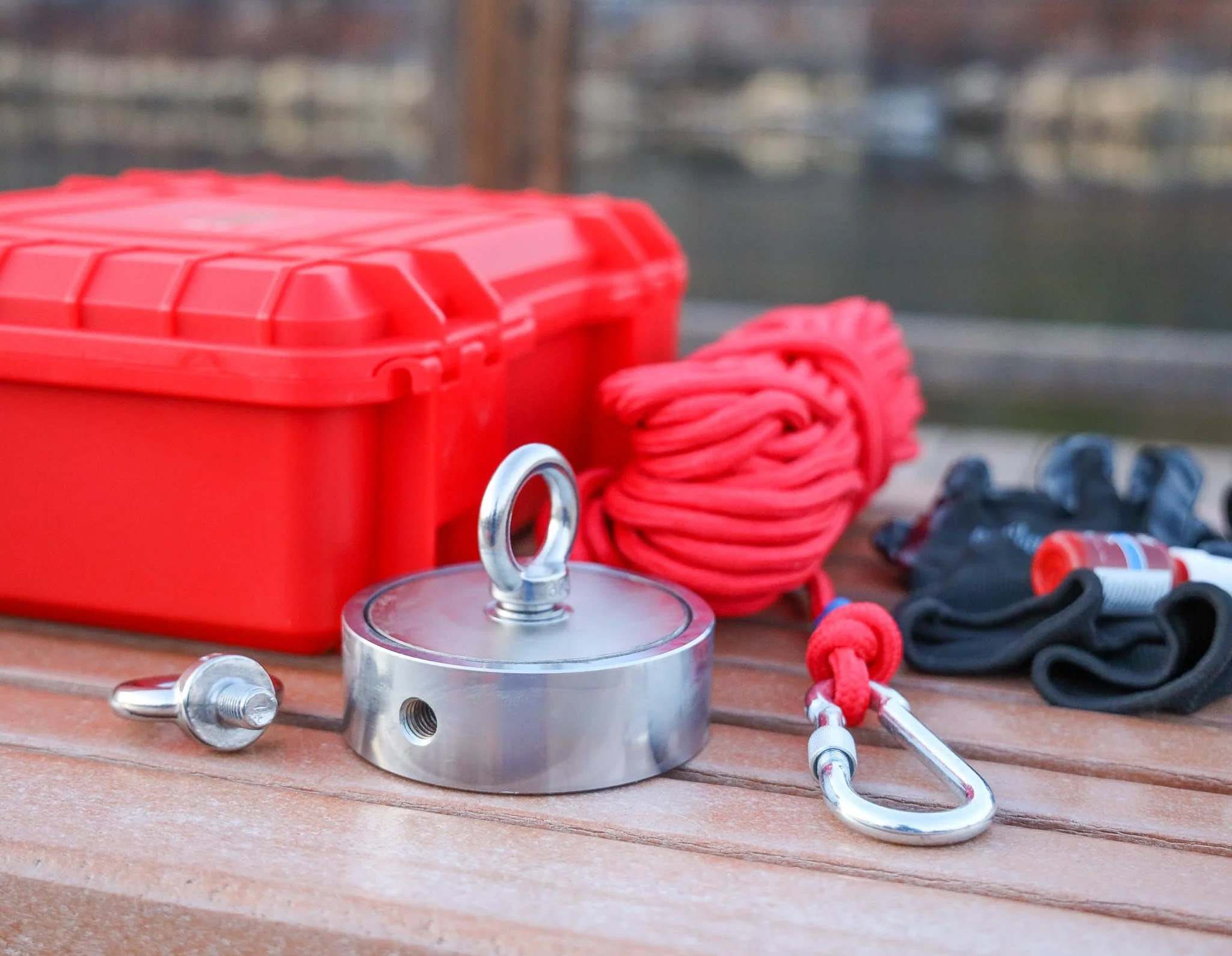


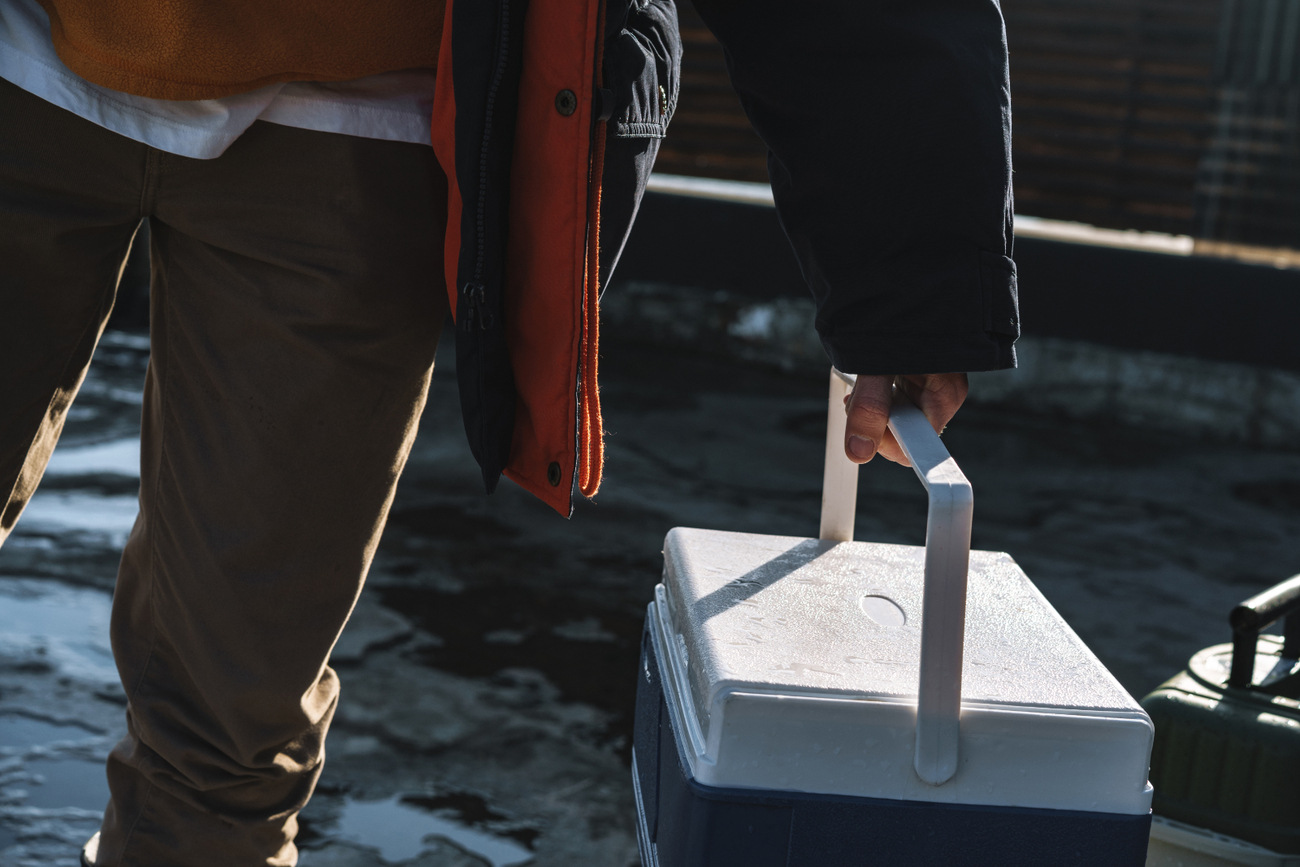
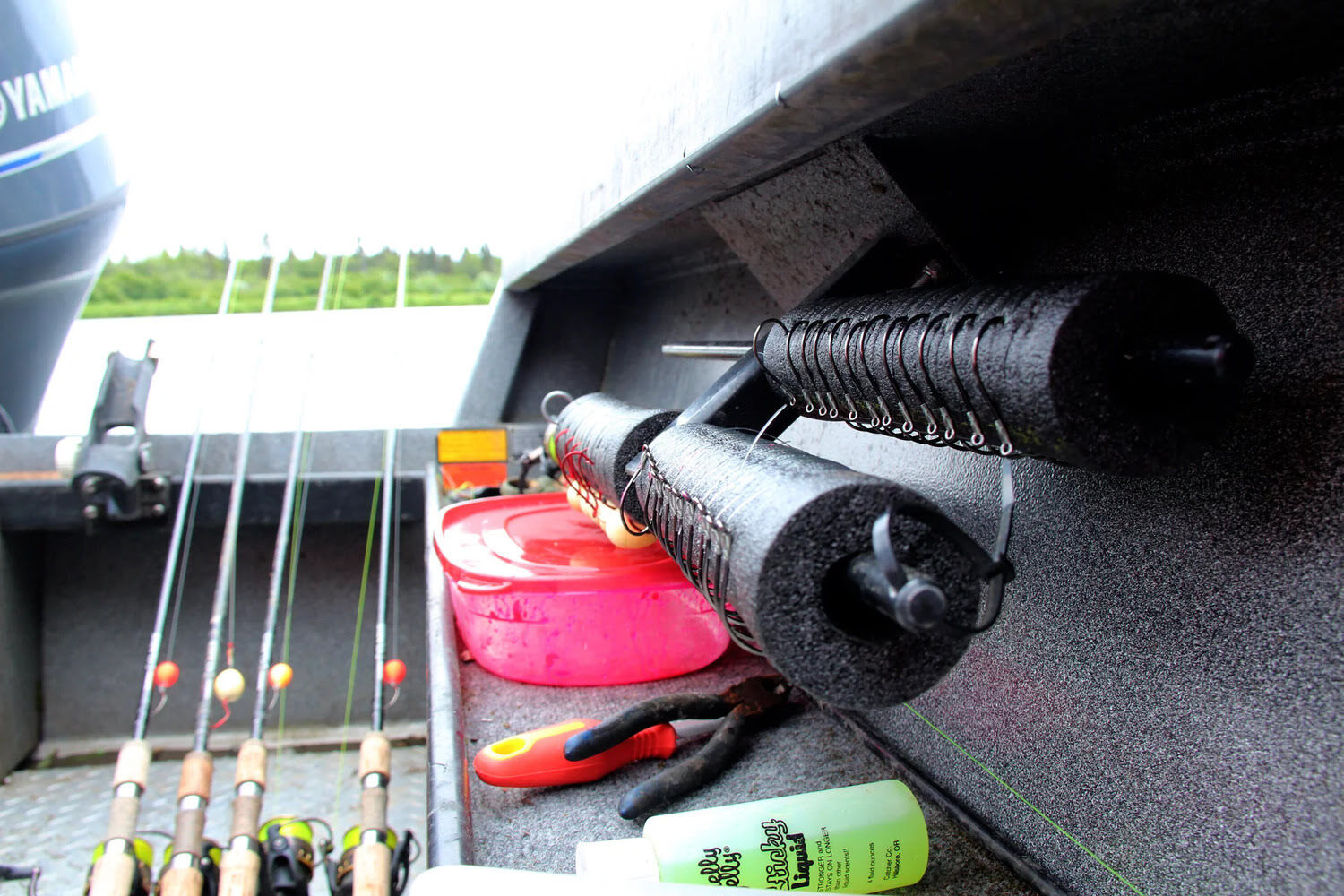

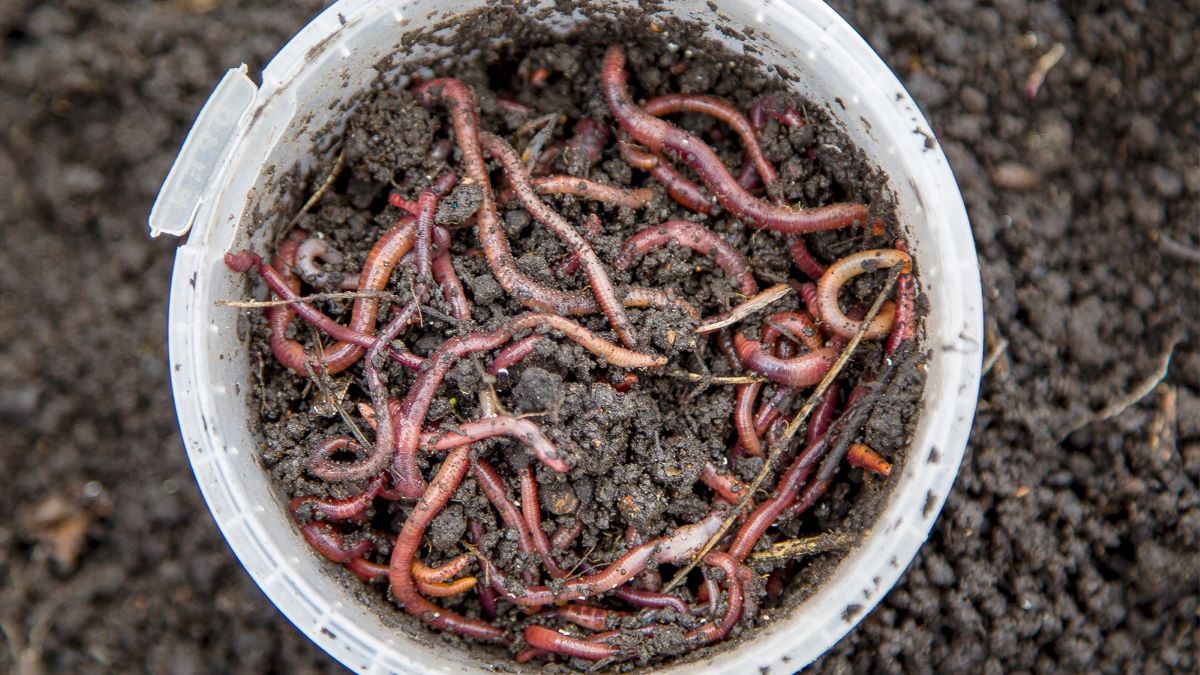
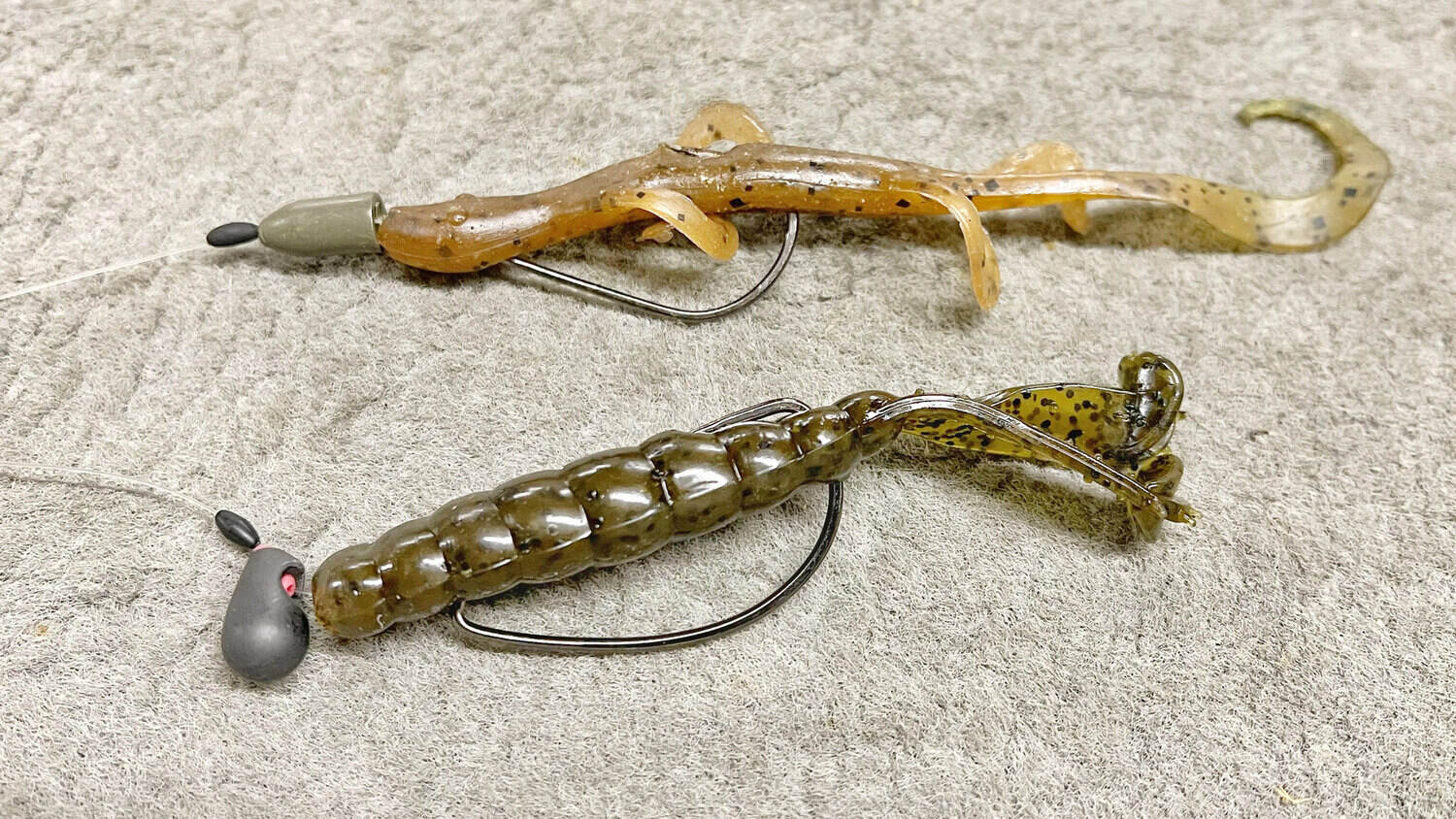
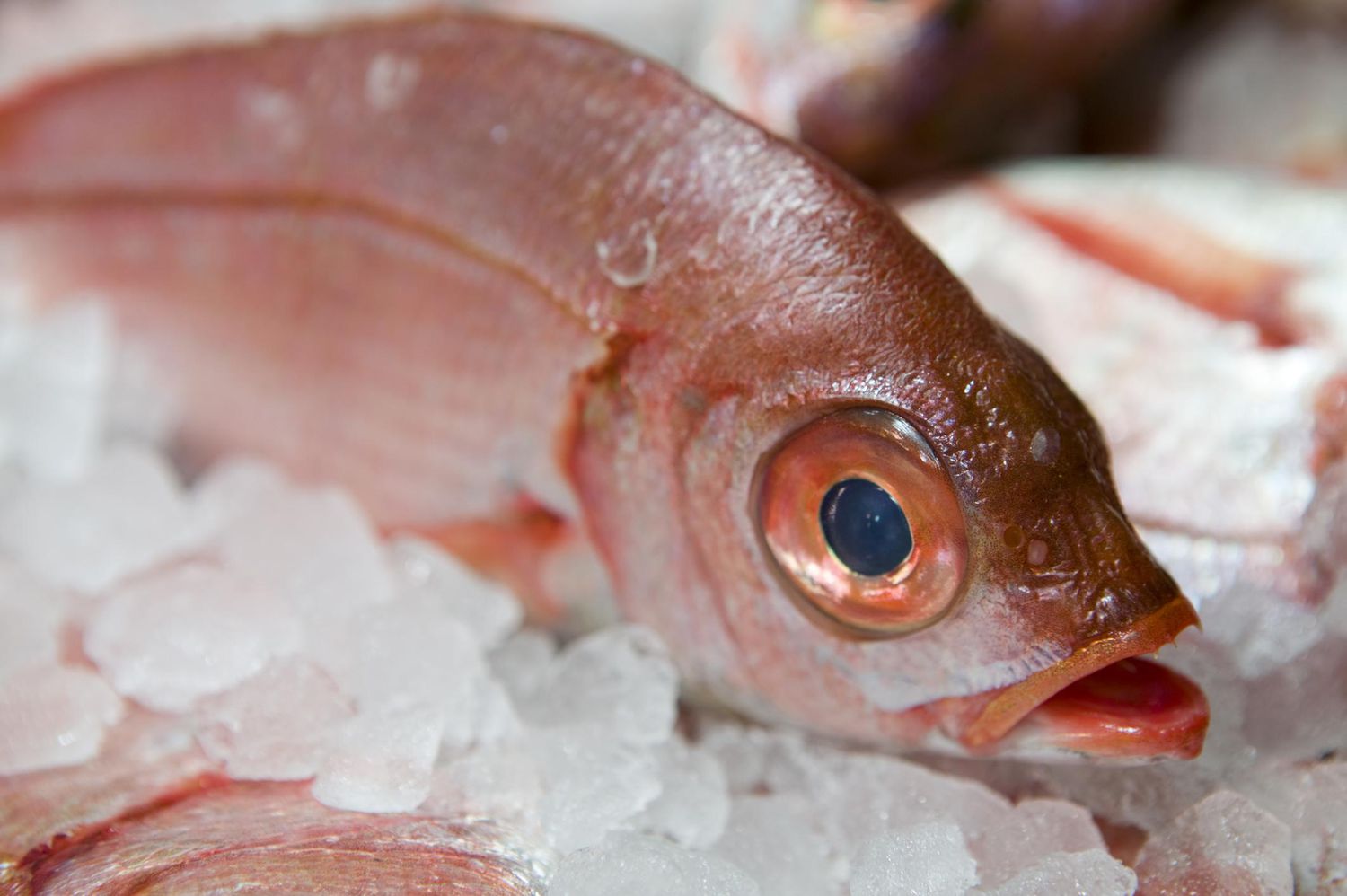
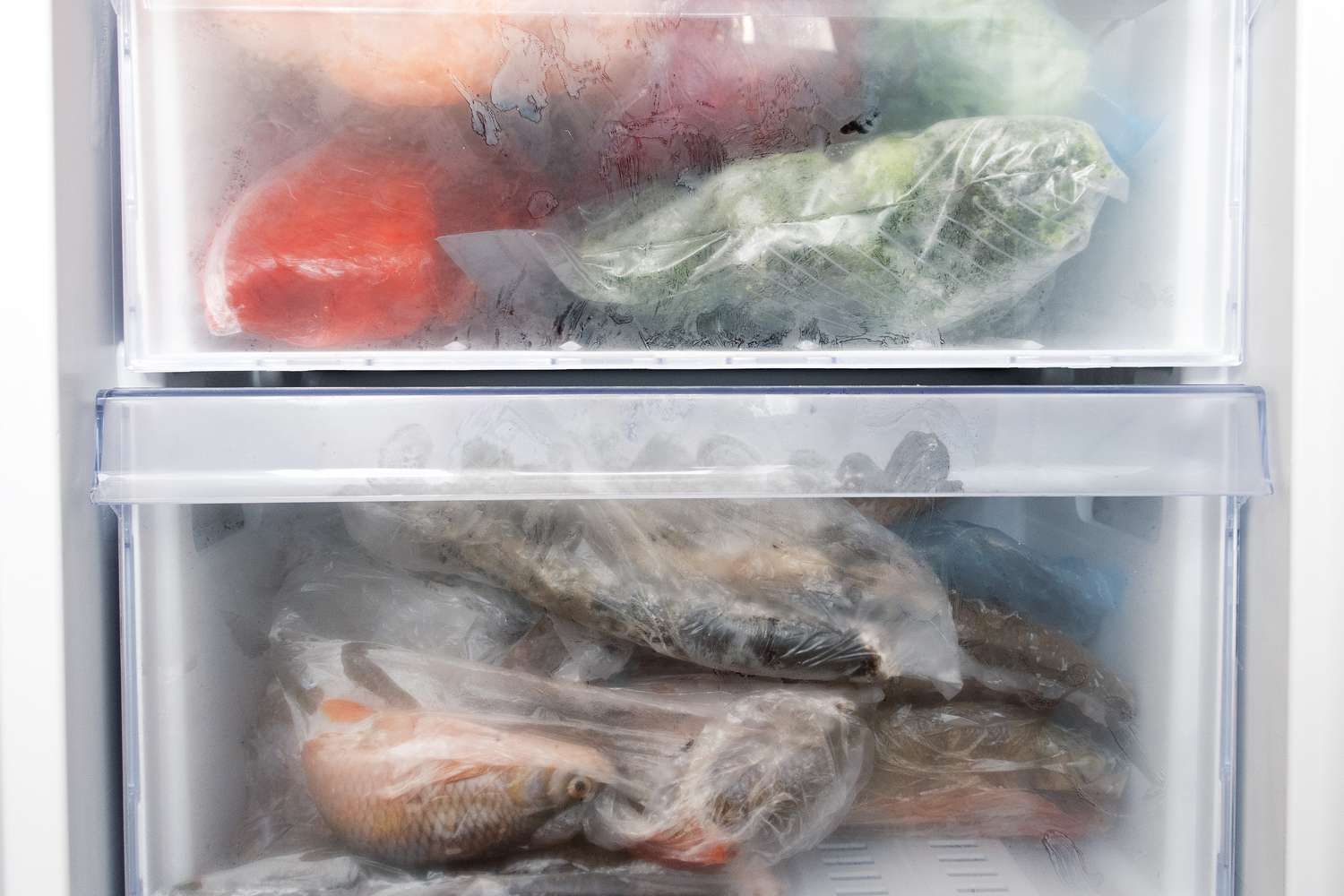
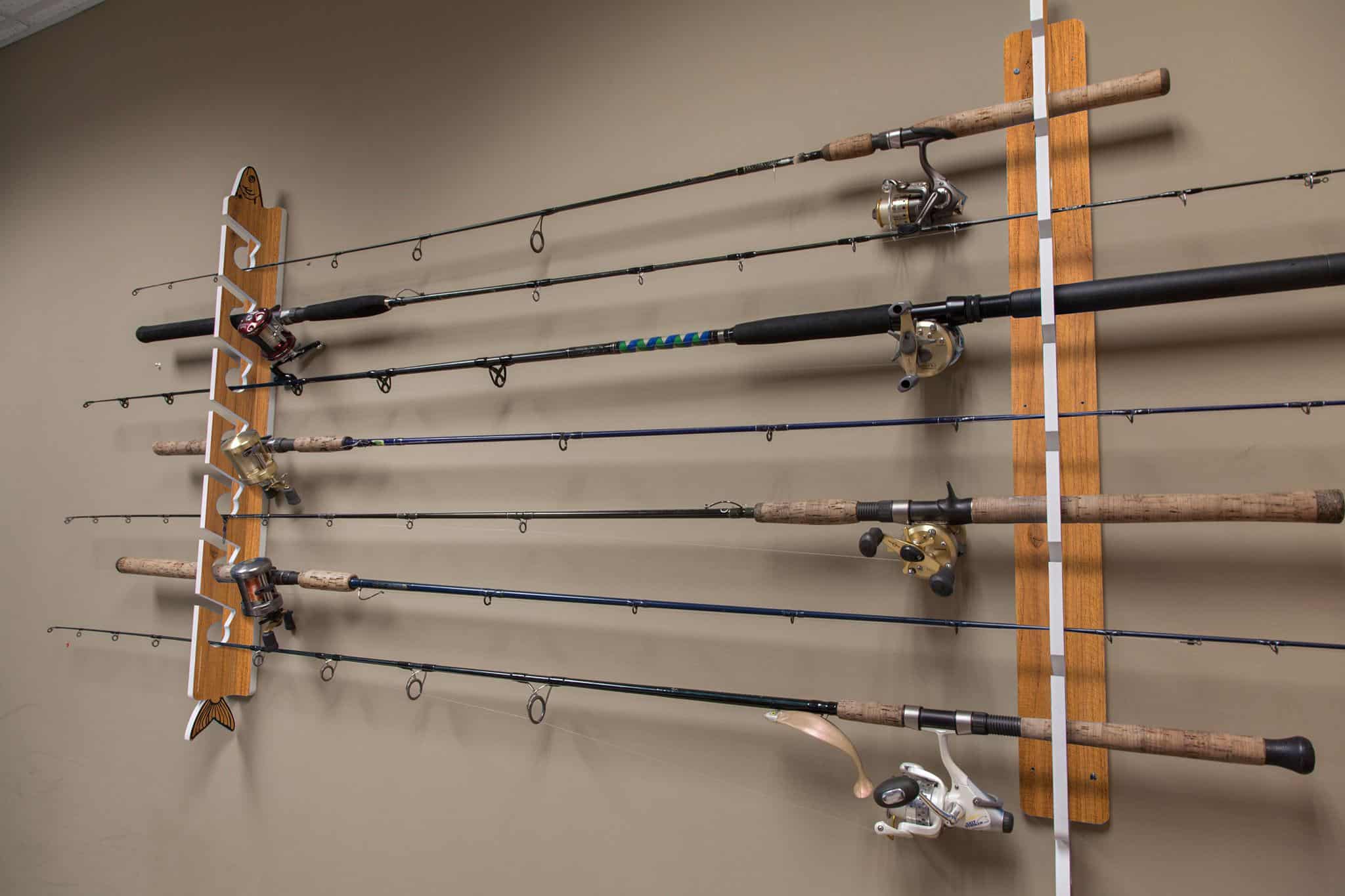

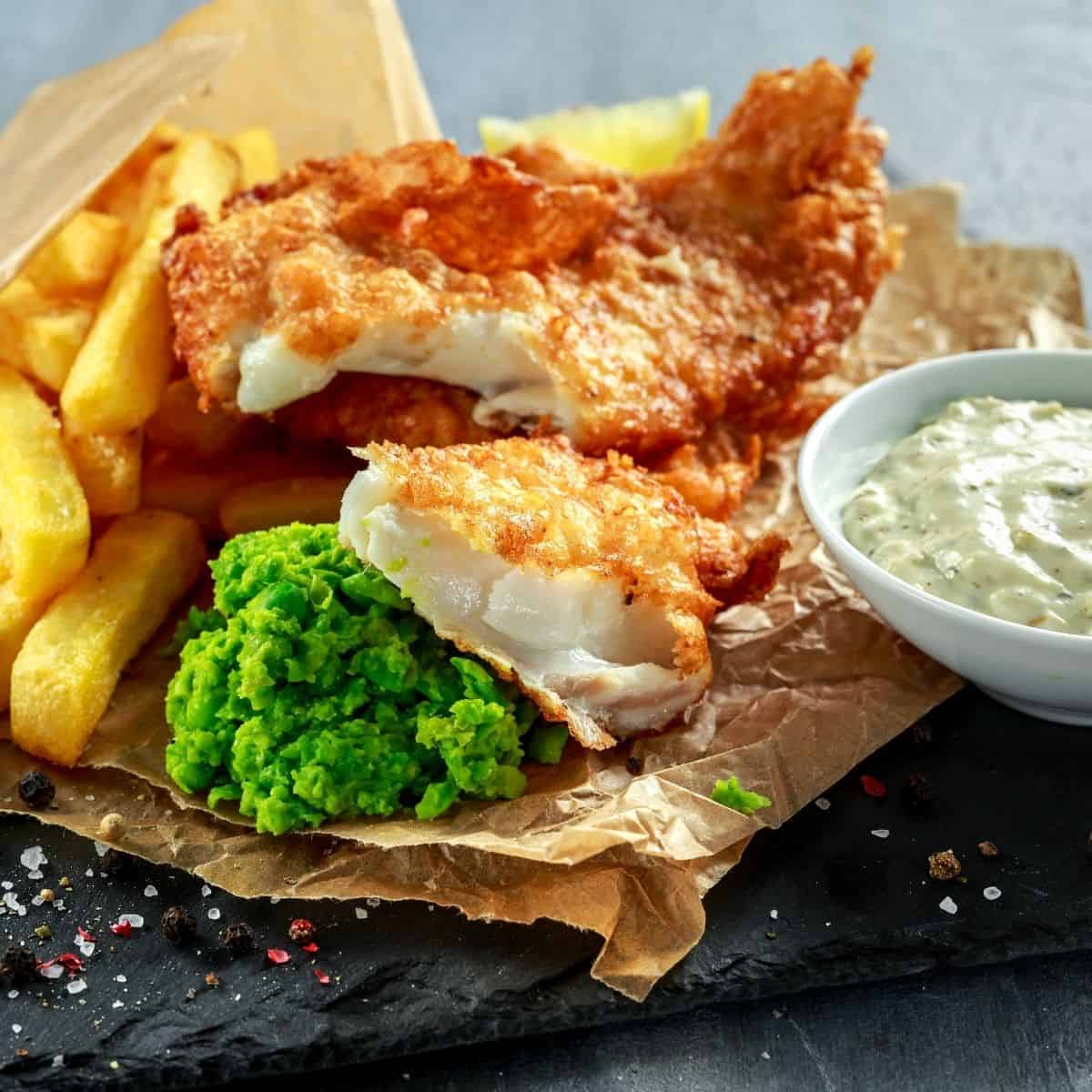

0 thoughts on “How To Store Fish”